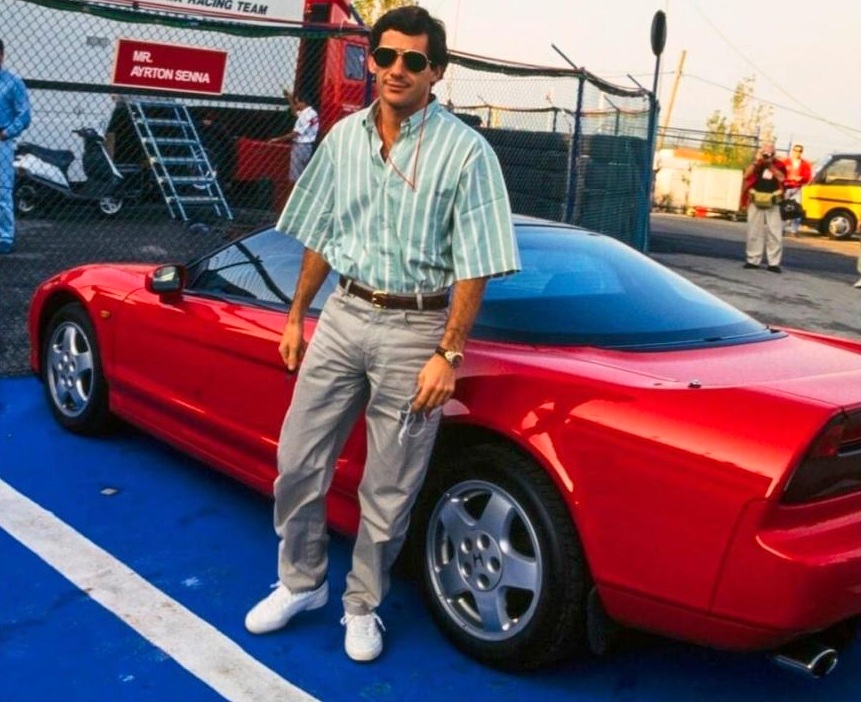
A look at how this year’s Super Bowl relates to the state of the Seahawks.
It’s Super Bowl week, and we’re subject to watching our NFC West rivals for the fourth time in six years. The Los Angeles Rams were able to make good on their championship aspirations on the second attempt, let’s hope the San Francisco 49ers don’t follow suit. We’ll need Patrick Mahomes and the Kansas City Chiefs to defeat the 49ers just as they did in the 2019 season. Might as well let their dynasty continue instead of potentially starting a new one.
I have a few takeaways from their respective seasons that are relevant to the Seattle Seahawks fans. Let’s dive into them!
The Chiefs are proof that you can still draft well without high draft picks
A common statement I read defending the Seahawks’ post-2012 to pre-2022 draft classes is the fact that they haven’t benefited from picking in the top-10. Is it true that a lot of the top talent is taken in the top of the draft order? Yes. Does it make drafting good players impossible? No.
Kansas City’s only top-10 pick since 2014 is Patrick Mahomes, and the Chiefs traded up 17 spots to get him. Everything else has been in the bottom-half of the draft order, including multiple seasons without a first-round pick. I don’t see “tanking” in sight.
Somehow, someway, this did not completely collapse the Chiefs’ ability to find young, talented players who fit their vision on either side of the ball. This isn’t to say they haven’t had bad drafts or picks, but here are some of their notable hits since Mahomes was drafted:
- CB Trent McDuffie – Round 1, Pick 21 (All-Pro First-Team for 2023)
- OL Creed Humphrey – Round 2, Pick 63 (All-Pro Second-Team in 2022)
- CB L’Jarius Sneed – Round 4, Pick 137 (Just missed All-Pro Second-Team in 2023)
- RG Trey Smith – Round 6, Pick 226 (received All-Pro votes in 2023)
- WR Rashee Rice – Round 2, Pick 55 (2nd among all rookie WRs in receptions and yards)
- DE George Karlaftis – Round 1, Pick 30 (10.5 sacks in 2023, tied with Chris Jones for team lead)
I could include RB Isiah Pacheco (Round 7, Pick 251), LB Nick Bolton (Round 2, Pick 58), and a few more, but I’ll stop there.
It’s not reasonable to expect “golden generation” draft classes every season. If anything, that’s where you’re much more likely to require more picks at the top of the order. The Seahawks’ drafts from 2013-2021 were not collectively poor, but they drafted too many players who weren’t good enough to justify long-term investments.
I posit that the Seahawks’ drafting “issues” after 2012 have a lot less to do with draft capital and more to do with bad process and scouting. Their drop-off in performance and roster quality isn’t because Russell Wilson was making too much money, it’s because they pretty much bombed every ensuing draft while he was still on a rookie deal.
The Seahawks can’t compete with the 49ers until the talent gap is closed
/cdn.vox-cdn.com/uploads/chorus_asset/file/25254119/screenshot_www.si.com_2024.01.28_21_47_06.png)
To be fair to Pete, he’s supposed to believe in his guys. ESPN’s Louis Riddick, who believed in the Seahawks’ plan in 2022, was so high on the 2023 team that he thought they’d win the NFC West. Both of them were extremely wrong.
The gap not only isn’t close, it got wider. Seattle has lost five straight to the 49ers by a combined score of 148-72. San Francisco has averaged over 400 yards per game and just under 7 yards per play, while the Seahawks haven’t played a 2nd half offensive snap with a lead. Blame Geno Smith, blame the defense, blame Pete Carroll and his coaching staff, the results are evident.
Don’t be homers for just one second and be serious with the quality of the respective rosters. I’ll leave out Brock Purdy just for fun. There’s no amount of scheming you can do with Seattle’s tight ends that put them on par with George Kittle. Kenneth Walker and Zach Charbonnet are a promising 1-2 running back combo. Christian McCaffrey is the best running back in the league and better than both of them combined. Seattle has a genuinely good wide receiver group. By virtue of what he provides as a runner and open-field tackle-breaking machine, Deebo Samuel is better than everyone on the Seahawks, including DK Metcalf. Charles Cross could be a franchise left tackle. Trent Williams is still performing at an All-Pro level and is going to the Hall of Fame.
Boye Mafe played well this year and could be great. Nick Bosa is great. Fred Warner and Dre Greenlaw are better than 2024 Bobby Wagner and Jordyn Brooks.
Unrealized, assumed potential =/= what the Seahawks actually are. Seattle has players at key positions who could be a part of the next great team. The 49ers have a great roster, or at least a great starting lineup. It gives them a much larger margin for error when they’re not at their best, which is what we’ve seen in this year’s playoffs, and also what we saw with the Seahawks in their Super Bowl runs.
Nothing will change until the rosters are closer to equal (preferably, equally good), regardless of who the next Seahawks coach is.
Fix the pass defense first, then the run defense
Very quietly, the Chiefs and 49ers possess top-10 overall defenses but sub-standard run defenses. Kansas City is 27th in DVOA and 28th in EPA/play, while San Francisco is 15th in DVOA and 26th in EPA/play. The Seahawks were 31st, which indicates they’re close to the two Super Bowl teams at something.
Where do our championship competitors delineate from Seattle? The 49ers have the 4th best DVOA against the pass, the Chiefs are 5th, and the Seahawks are 28th. Their offenses also played with leads big enough where opposing teams were compelled to throw it, whereas the Seahawks only led by 10+ points in a game six times all season.
Run defense is important; I’m not arguing anything to the contrary. The Seahawks have to be better in this department. Their inability to defend the pass at an above-average level in a passing league is what exacerbates other problems.
Seahawks pass defense DVOA | EPA since 2018
2018: 18th DVOA | 16th EPA
2019: 15th DVOA | 18th EPA
2020: 18th DVOA | 21st EPA
2021: 25th DVOA | 24th EPA
2022: 17th DVOA | 19th EPA
2023: 28th DVOA | 29th EPA
The Seahawks have allowed more passing first-downs (not including penalties) than anyone in the NFL since 2018. Yes, they’ve faced the 3rd most pass attempts during that span, but the Baltimore Ravens have faced the 4th most attempts and given up only the 18th most passing first-downs. Seattle provides more opportunities for opposing quarterbacks to pass when it cannot get off the field on third-down plays.
This hasn’t been due to repeated falsehoods like Pete Carroll only running one scheme or playing exclusively soft zone coverages. Seattle couldn’t run anything other than base defense in 2019 because it didn’t have an adequate nickel corner to replace Justin Coleman. We’ve seen the 3-4 looks, 4-3 looks, hybrid fronts, more blitzing with Jamal Adams, more dropping linemen into coverage under Ken Norton Jr, etc. None of it has worked effectively enough to meaningfully change the results. The one constant during this stretch is the lack of a consistent pass rush post-Frank Clark trade.
Fixing the pass defense should be Mike Macdonald’s number one priority when rebuilding that side of the ball. We can live with average run defense if the pass defense is back in the top-10. The 49ers and Chiefs are examples of how shaky run defenses can be mitigated.



















You must be logged in to post a comment Login